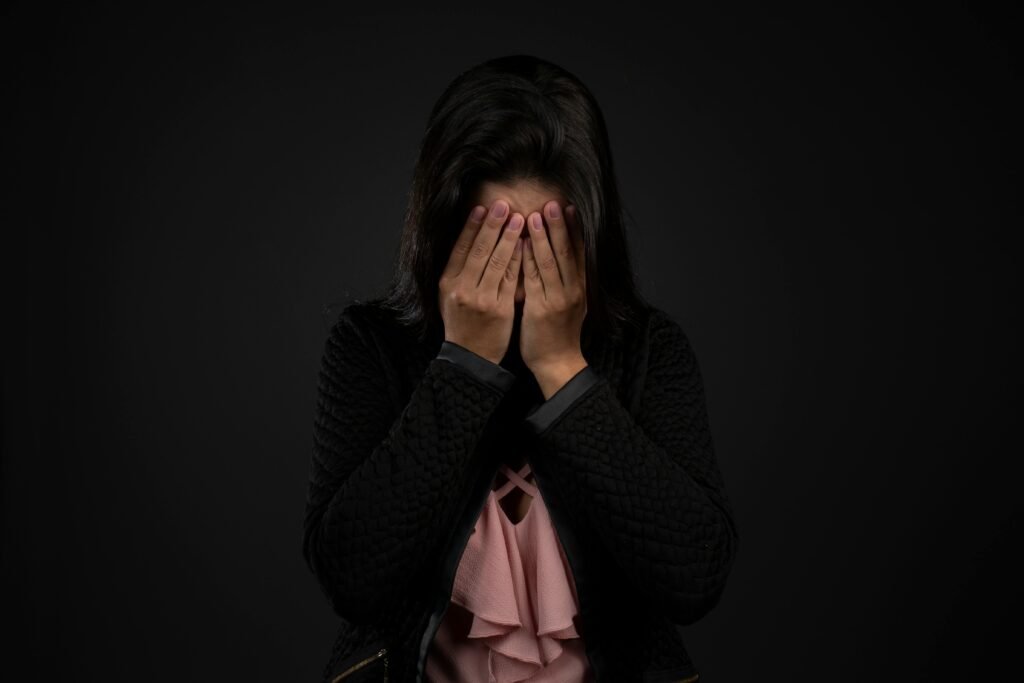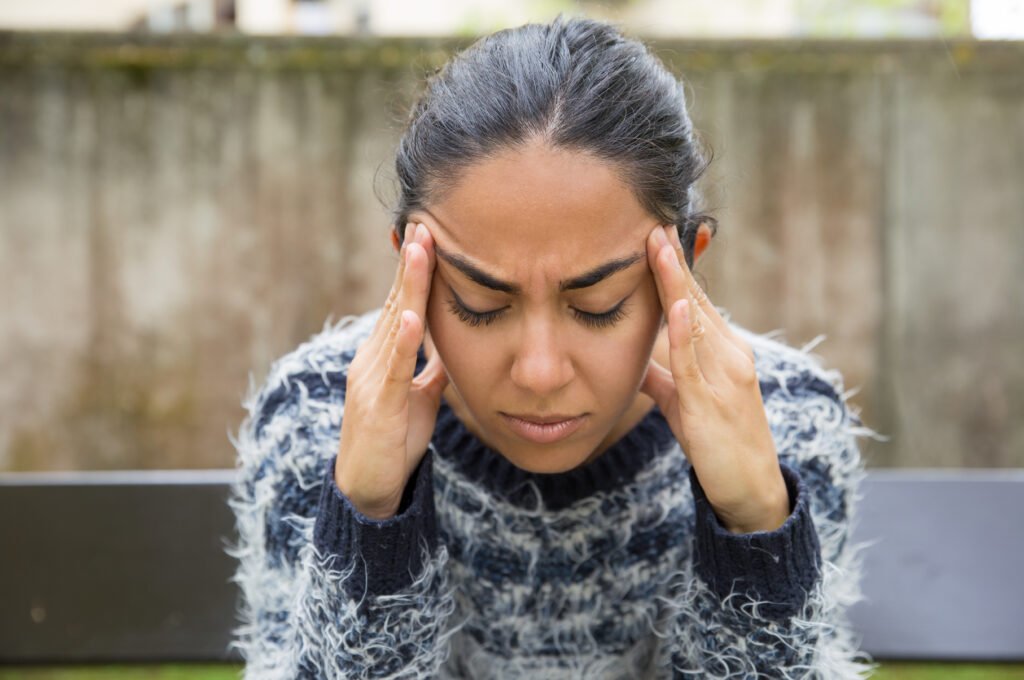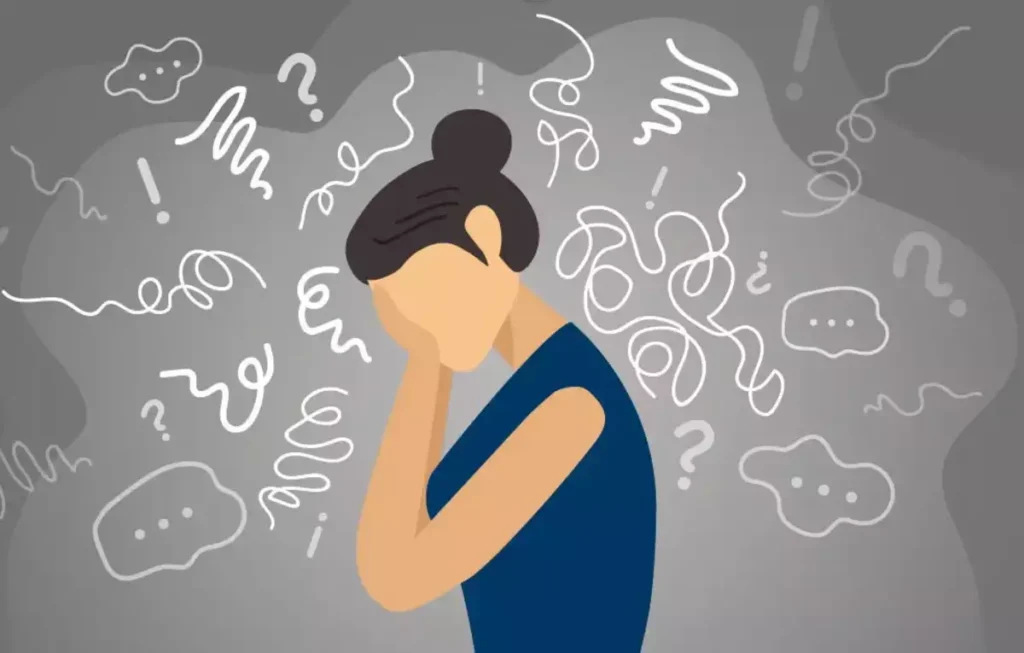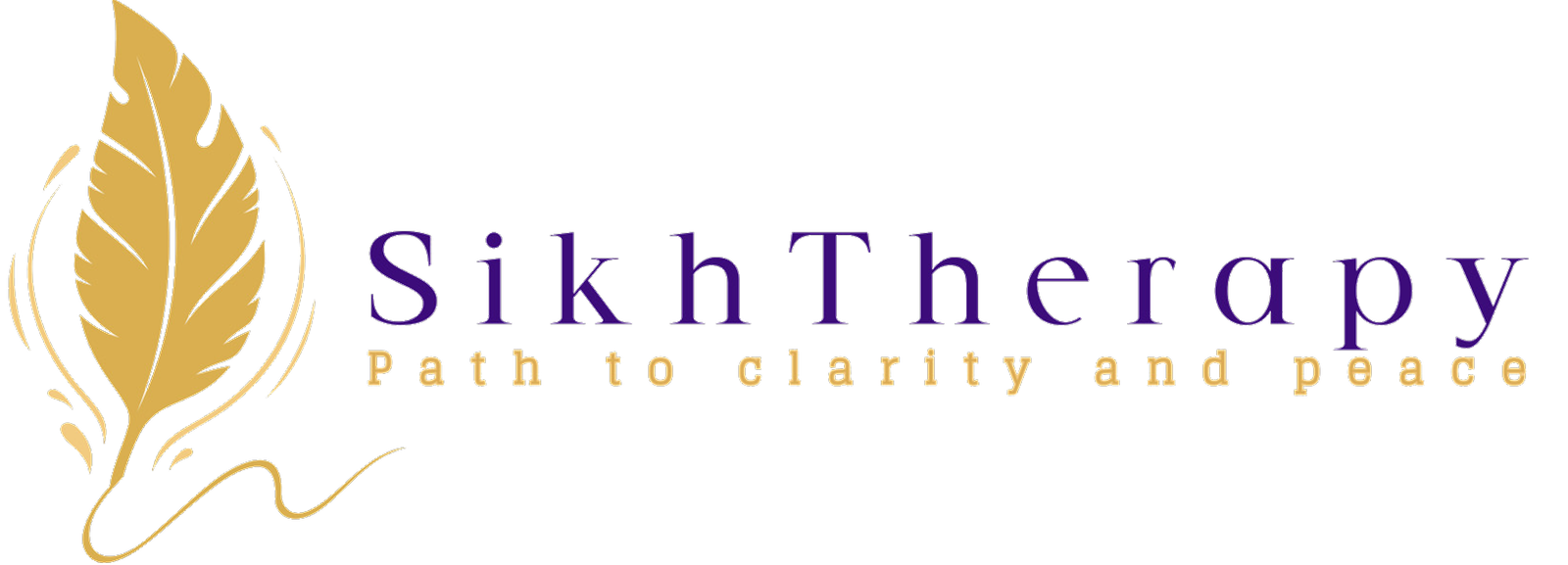Anxiety
- Home
- Anxiety
What Is Anxiety?
Anxiety is both a mental and physical state marked by negative expectations, characterized by heightened arousal, worry, and distress. It involves cognitive feelings of dread about future outcomes, as well as physical symptoms such as jitteriness and a racing heart. These responses are designed to capture attention and prompt necessary changes to protect what we care about. While occasional anxiety is natural and even productive, persistent and overwhelming anxiety can disrupt daily life, marking the presence of an anxiety disorder. Nearly one-third of adults in the U.S. will experience anxiety disorders at some point in their lives. Anxiety often accompanies depression and shares many symptoms, stemming from similar brain pathways. Factors like biology, childhood trauma, and overprotective parenting can contribute to the development of anxiety. Though anxiety is an essential response for survival, it is crucial to manage it, as eliminating it entirely is neither possible nor desirable. Treatment often includes therapy, medication, and lifestyle changes such as exercise and deep-breathing techniques to help control anxiety levels.

Why Anxiety Is On the Rise
Anxiety has become the leading mental health issue globally, with its incidence rising, particularly among children and adolescents. One major factor driving this increase is the pervasive uncertainty in nearly every aspect of modern life, stemming from economic and cultural shifts. While uncertainty itself doesn’t cause anxiety, it creates an environment conducive to it. Additionally, two key contributors to rising anxiety among youth are overprotective parenting and the growing influence of social media. While technology offers new ways to connect, it also fosters negative social comparisons and provides avenues for social exclusion, which further exacerbates anxiety in young people.

Recognizing the Physical
and Mental Signs of Anxiety
Anxiety manifests not only through constant worry but also through physical symptoms such as heart-pounding discomfort, trembling, jumpiness, ringing in the ears, and shortness of breath. These bodily symptoms can often be misleading, as they are commonly mistaken for signs of a heart attack or impending doom, which is typical of panic attacks. This misinterpretation can lead to a series of medical misdiagnoses, where physical causes are sought but the true source—anxiety—remains undetected and untreated.
How to Treat Anxiety
Anxiety disorders can often be effectively treated through a combination of psychotherapy, medication, and lifestyle changes. Cognitive Behavioral Therapy (CBT), tailored to an individual’s specific anxieties, is one of the most effective therapies. It helps patients challenge distorted thought patterns that contribute to distress. Another essential treatment method is Exposure Therapy, which involves gradually exposing patients to their fears so they can overcome avoidance. Medication is sometimes used to help manage symptoms, allowing patients to engage more effectively in therapy.
Lifestyle adjustments are also key to managing anxiety long-term. Regular exercise, deep-breathing techniques, and meditation can specifically address different facets of anxiety, providing relief and promoting better emotional health.
Anxiety becomes a disorder when it overwhelms mental processes or interferes with daily activities and performance. Although occasional anxiety is normal, persistent or disproportionate worry, physical symptoms, or avoidance behaviors are indicators that anxiety may be consuming too much mental energy.
Anxiety can manifest in various ways, such as Generalized Anxiety Disorder, Social Anxiety Disorder, phobias, or panic attacks. Each type can be addressed through appropriate treatment.

Best Anxiety Therapy
The best therapy for anxiety is typically some form of Cognitive Behavioral Therapy (CBT). CBT is a practical, present-oriented treatment that helps individuals identify and challenge the cognitive distortions that anxiety imposes on their thinking. It also teaches techniques for safely confronting fears and reversing reactivity, which is key to managing anxiety effectively.
The primary goal of therapy is to restore calm and emotional balance, but it also empowers individuals to regain control when worry threatens to overwhelm them. One of the most valuable aspects of therapy is the presence of a real human being. As social creatures, we are highly attuned to the influence of others, and the presence of a supportive therapist provides a powerful signal of safety. This can counteract the false alarms of danger that anxiety triggers, helping individuals feel more secure and grounded.

Natural Approaches to Anxiety
While anxiety requires active treatment to prevent it from becoming a chronic condition, this doesn’t always mean relying on prescription medications. Some of the most effective ways to manage anxiety involve lifestyle or behavioral changes that promote relaxation and emotional balance.
Meditation, a practice rooted in Eastern traditions, is increasingly popular in Western cultures for calming the mind and reducing anxiety. Regular physical activity, such as running or walking, helps release muscle tension and alters the brain in a way that alleviates distress. Additionally, deep breathing, also known as diaphragmatic breathing, is one of the most effective natural methods to manage anxiety. It directly affects the nervous system, promoting a state of calm and reducing feelings of threat.
The Biology of Anxiety
Anxiety is both a mental and physical state that involves a complex interplay of hormones affecting almost every system in the body, from attention to energy metabolism. Regardless of whether the threat is real or imagined, anxiety is triggered when the brain activates in response to potential danger. The physical symptoms of anxiety, such as jitteriness and muscle tension, are the body’s way of preparing to handle a possible adverse situation, ultimately designed to keep you alive.
What Makes People Vulnerable to Anxiety?
While anyone can experience debilitating anxiety, some individuals are more prone to it due to genetic or temperamental factors. Early life experiences, over- or underactivity in certain brain areas, or heightened stress responses can lead these individuals to perceive neutral situations as threatening or overreact to stressful ones. Stress is a major contributor to anxiety, often overlapping with it as both a trigger and a response.
Panic Attacks
Panic attacks are sudden, intense bursts of anxiety that can make you feel as though you are about to die, even though they are not life-threatening. The body sensations of anxiety—such as a pounding heart, racing pulse, and difficulty breathing—become overwhelming and trigger even more anxiety, intensifying the panic. Panic attacks can occur unexpectedly, even during sleep, and the feeling of losing control can exacerbate the terror. Despite their intensity, panic attacks can be controlled even while they’re happening.
Children and Anxiety
As many as one in eight children may experience significant anxiety. Early worries typically focus on separation from parents, but as they grow, children may worry about various things, from natural disasters to global issues like terrorism and climate change. Anxiety becomes problematic when it disrupts their ability to sleep, attend school, or engage with others. One contributing factor to the rise in childhood anxiety is the increase in helicopter parenting, which may exacerbate children’s fears and anxieties.






